Business
8 Game-Changing Bilateral Trade Agreements Transforming Global Markets
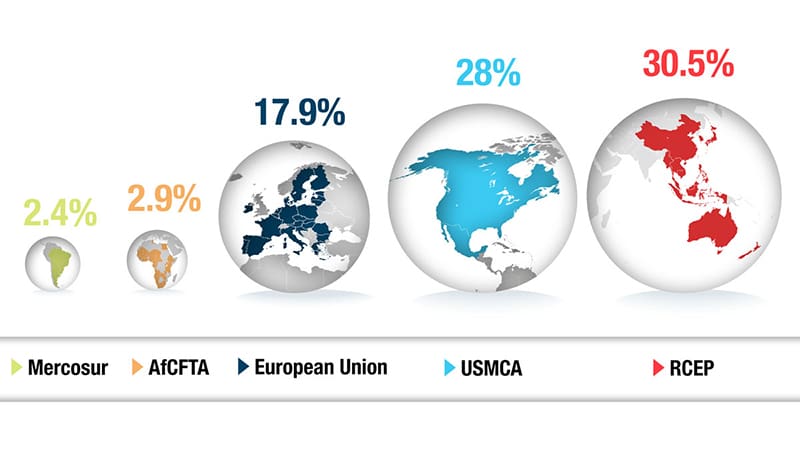

The landscape of global trade is being reshaped by a series of bilateral agreements that are heralding significant changes in the way nations conduct business with one another. These agreements, spanning across diverse regions and economic powerhouses, are not only influencing market dynamics but also reshaping the geopolitical balance.
As we delve into the details of these 8 game-changing bilateral trade agreements, we will uncover the intricate web of implications they hold for businesses, economies, and the global marketplace.
Key Takeaways
- The US-Japan Trade Agreement and the China-Australia FTA have led to improved market access and tariff reductions, benefiting agricultural and industrial sectors in both countries.
- The EU-Singapore FTA, EU-Vietnam Free Trade Agreement, and Chile-Canada Free Trade Agreement have fostered trade and investment, eliminated tariffs, and provided enhanced market access for various sectors.
- The economic impact of the EU-Singapore FTA includes increased trade volume, reduced tariffs, and job creation, while the US-South Korea KORUS trade agreement has facilitated a surge in exports, market access, and economic growth.
- The market access under the EU-Singapore FTA has resulted in the elimination of tariffs, reduced non-tariff barriers, and improved access to markets for industries such as pharmaceuticals, electronics, and automotive.
US-Japan Trade Agreement
The US-Japan trade agreement has significantly impacted global markets, fostering greater economic cooperation and reshaping trade dynamics in the Asia-Pacific region.
The agreement, which came into effect on January 1, 2020, has brought about substantial benefits for both countries. For the US, it has opened up opportunities in Japan’s market for agricultural products, including beef, pork, wheat, and dairy, providing American farmers and ranchers with improved access to one of the largest and most lucrative markets in the world.
On the other hand, Japan has gained tariff reductions on industrial products, enabling its industries to access high-quality, cost-competitive goods from the US.


This bilateral agreement has not only bolstered economic ties between the US and Japan but has also sent a strong message to other nations in the region. It has demonstrated a commitment to free and fair trade, setting a new standard for trade agreements in the Asia-Pacific.
The US-Japan trade agreement has laid the groundwork for a more transparent and mutually beneficial trading environment, signaling a shift towards greater economic freedom and cooperation in the region.
EU-Singapore FTA
The EU-Singapore Free Trade Agreement has had a significant economic impact by fostering trade and investment between the two parties.
This agreement has also enhanced market access for both the European Union and Singapore, creating opportunities for businesses to expand into new markets and access a wider range of goods and services.
The implications of this FTA have been far-reaching, influencing not only the economies of the two signatories but also other global markets.


Economic Impact
The ratification of the EU-Singapore Free Trade Agreement has ushered in a transformative era for businesses, as the economic impact becomes increasingly evident across various sectors of both economies. The following insights shed light on the current economic impact:
- Trade Volume Surge: The FTA has led to a substantial surge in trade volume between the EU and Singapore, bolstering economic activity and fostering market expansion.
- Competitive Advantage: Businesses in both regions are enjoying a competitive advantage through reduced tariffs and streamlined trade procedures, enhancing market accessibility and encouraging entrepreneurship.
- Investment Inflows: The FTA has stimulated increased foreign direct investment flows, propelling economic growth and fostering technological and knowledge exchange.
- Job Creation: The agreement has contributed to job creation in various sectors, enhancing socio-economic prosperity and reinforcing the foundation for a thriving middle class.
These outcomes underscore the substantial economic benefits arising from the EU-Singapore FTA, signaling a promising trajectory for both economies.
Market Access
The recent surge in trade volume and increased investment inflows following the ratification of the EU-Singapore Free Trade Agreement has resulted in significant advancements in market access for businesses in both regions. The agreement has eliminated tariffs and reduced non-tariff barriers, opening up new opportunities for EU and Singaporean businesses.
According to the European Commission, the FTA provides access to the Singaporean market for industries such as pharmaceuticals, electronics, and automotive, enabling EU companies to expand their presence in Asia. Conversely, Singaporean businesses gain enhanced access to the EU market, particularly in sectors like telecommunications, environmental services, and engineering.
This increased market access is expected to drive economic growth, foster innovation, and create new employment opportunities in both the EU and Singapore, further solidifying the benefits of this landmark trade agreement.


China-Australia FTA
The implementation of the China-Australia Free Trade Agreement has significantly reshaped the trade dynamics between the two nations, creating a surge in bilateral trade and investment flows. This transformation has had a profound impact on global markets, and the following factors elucidate the implications of this game-changing agreement:
- Tariff Reduction:
The FTA has led to a substantial reduction in tariffs on Australian exports to China, particularly in key sectors such as agriculture, resources, and services. This has provided Australian businesses with a competitive edge in the Chinese market. - Market Access:
The agreement has facilitated greater market access for Australian companies in China, enabling them to expand their presence and operations. This has enhanced opportunities for Australian businesses to tap into the vast Chinese consumer base. - Investment Opportunities:
The FTA has bolstered investment flows between China and Australia, fostering collaboration in infrastructure projects, technology ventures, and other strategic initiatives. - Economic Integration:
By promoting closer economic integration, the FTA has strengthened the ties between China and Australia, paving the way for deeper cooperation in trade, investment, and innovation.
This bilateral agreement stands as a testament to the evolving global trade landscape, driving economic progress and fostering greater freedom in commerce between the two nations.
US-South Korea KORUS
The US-South Korea KORUS trade agreement has had a significant impact on trade between the two countries. Both countries have experienced economic benefits as a result of this agreement. Market access has been a key focus of the agreement, with provisions aimed at reducing barriers and facilitating smoother trade flows.
Analyzing the trade impact, economic benefits, and market access under KORUS provides valuable insights into the transformation of global markets through bilateral trade agreements.
Trade Impact
Amidst the renegotiation of the US-South Korea KORUS trade agreement, significant changes in trade patterns and market dynamics have been observed, reflecting the profound impact of bilateral trade agreements on global markets.
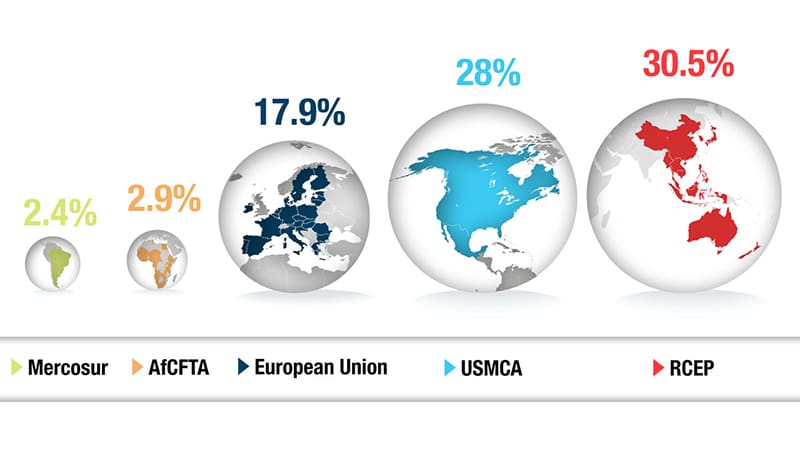

The trade impact of KORUS is evident in the following ways:
- Increased U.S. Exports: The agreement has led to a surge in U.S. exports to South Korea, particularly in the automotive and agricultural sectors.
- Improved Market Access: KORUS has enhanced market access for both countries, facilitating smoother trade flow and enabling businesses to reach new consumer bases.
- Economic Growth: The trade pact has contributed to economic growth in both the U.S. and South Korea, fostering job creation and strengthening industries.
- Geopolitical Significance: Beyond economic implications, KORUS has bolstered the strategic relationship between the two nations, underpinning regional stability and freedom of commerce.
Economic Benefits
The evolution of trade patterns and market dynamics resulting from the US-South Korea KORUS trade agreement underscores its substantial economic benefits for both nations. Since the agreement’s implementation, the US has seen a notable increase in exports to South Korea, particularly in the automotive, machinery, and agricultural sectors. In fact, US exports to South Korea have grown by over 12% annually, indicating the trade pact’s positive impact on American businesses.
Furthermore, the agreement has facilitated a more open and fair trading environment, boosting investor confidence and promoting economic growth. For South Korea, the deal has provided enhanced access to the US market, leading to increased foreign direct investment and expanded opportunities for Korean companies.
Market Access
In evaluating the market access provisions of the US-South Korea KORUS trade agreement, it becomes evident that the accord has significantly influenced the bilateral trade landscape, shaping market dynamics and fostering opportunities for businesses in both nations.
The following key aspects highlight the impact of market access under KORUS:


- Tariff Reductions: The agreement led to the elimination or reduction of tariffs on a wide range of goods, facilitating increased trade volumes and cost savings for businesses.
- Non-Tariff Barriers: KORUS addressed non-tariff barriers, streamlining customs procedures and enhancing transparency, thereby simplifying market access for exporters and importers.
- Services and Investment: The agreement expanded market access for service providers and investors, fostering a more conducive environment for cross-border trade and investment.
- Intellectual Property Rights: KORUS strengthened intellectual property rights protection, providing businesses with the confidence to engage in trade and investment activities.
These provisions have played a pivotal role in driving economic growth and fostering a mutually beneficial trade relationship between the US and South Korea.
EU-Vietnam FTA
The EU-Vietnam Free Trade Agreement has significantly reshaped the economic landscape by promoting bilateral trade and investment between the European Union and Vietnam. This agreement, which came into force in August 2020, has eliminated 99% of all tariffs, facilitating a substantial increase in trade between the two partners.
For the European Union, the FTA provides enhanced access to Vietnam’s growing market of nearly 100 million consumers, while Vietnam benefits from increased access to the EU’s market of over 440 million people.
The agreement also includes provisions for the protection of intellectual property rights, sustainable development, and the resolution of disputes, creating a more stable and predictable environment for trade and investment.
As a result, the EU-Vietnam FTA has led to a surge in bilateral trade, with EU exports to Vietnam increasing by 18% and Vietnamese exports to the EU rising by 12% in the first year of its implementation.


This transformative agreement has not only boosted economic ties but has also strengthened the overall partnership between the European Union and Vietnam, setting a new standard for international trade agreements.
Japan-Mexico EPA
Having experienced the transformative effects of bilateral trade agreements with the EU, Vietnam now enters into a new phase of economic partnership with Japan through the Japan-Mexico Economic Partnership Agreement (EPA). This agreement marks a significant milestone in enhancing trade relations between Japan and Mexico, and it is poised to have a substantial impact on global markets.
Here are four key insights into the Japan-Mexico EPA:
- Market Access: The EPA facilitates increased market access for both Japanese and Mexican businesses, creating new opportunities for trade and investment. This will lead to a more competitive and diverse marketplace, benefiting consumers and businesses alike.
- Tariff Reduction: The agreement includes provisions for reducing or eliminating tariffs on a wide range of products, promoting greater trade flows and economic growth. This will make Japanese and Mexican goods more affordable and accessible in each other’s markets.
- Regulatory Cooperation: The EPA promotes regulatory cooperation between Japan and Mexico, streamlining processes and reducing barriers to trade. This will enhance efficiency and transparency in cross-border business activities.
- Economic Integration: The EPA fosters economic integration between Japan and Mexico, paving the way for closer collaboration in various sectors such as automotive, electronics, and agriculture. This will lead to synergistic benefits and shared prosperity for both nations.
India-Bhutan FTA
Exemplifying a strategic trade alliance, the India-Bhutan Free Trade Agreement (FTA) heralds a new era of economic collaboration between the two nations.
This agreement, which came into effect in 2009, has significantly boosted bilateral trade and economic ties. Under the FTA, Bhutan enjoys duty-free access to the vast Indian market for the majority of its products. In return, India benefits from preferential treatment for its exports to Bhutan, strengthening its position as a major trading partner.
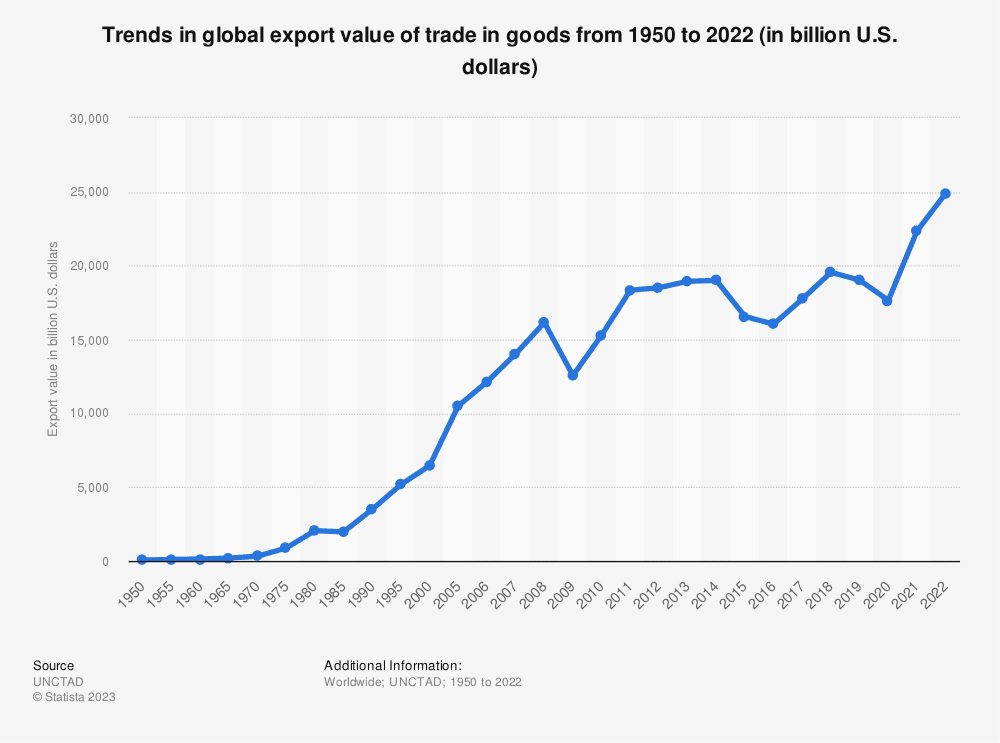

The FTA has led to a substantial increase in trade volume between the two countries, with a focus on sectors such as hydropower, agriculture, and tourism. Additionally, the agreement has facilitated investment flows, technology transfer, and infrastructure development, contributing to the overall economic growth and development in Bhutan.
Furthermore, the FTA has not only deepened economic integration but has also fostered closer political and cultural ties between the two nations. As India continues to be Bhutan’s largest trading partner, this FTA has been instrumental in shaping the economic landscape of the region, fostering mutual prosperity and growth.
Chile-Canada FTA
An impactful trade agreement that has reshaped economic dynamics between nations, the Chile-Canada Free Trade Agreement (FTA) has significantly impacted trade relations and market access for both countries. This FTA has fostered a strong economic partnership between Chile and Canada, leading to various benefits and opportunities for businesses and consumers in both nations.
Key points to consider:
- Tariff Elimination: The FTA has led to the elimination of tariffs on 98% of Chilean exports to Canada and 95% of Canadian exports to Chile, providing significant cost savings for businesses and promoting trade expansion.
- Market Access: The agreement has enhanced market access for various sectors, including agriculture, seafood, and mining, allowing for increased export opportunities and fostering economic growth in both countries.
- Investment Facilitation: The FTA includes provisions to facilitate and protect investment, providing a stable and predictable framework for investors from both nations.
- Intellectual Property Rights: The agreement strengthens intellectual property rights and enforcement mechanisms, providing a secure environment for innovation and creativity.
The Chile-Canada FTA stands as a testament to the power of bilateral trade agreements in fostering economic prosperity and strengthening ties between nations.
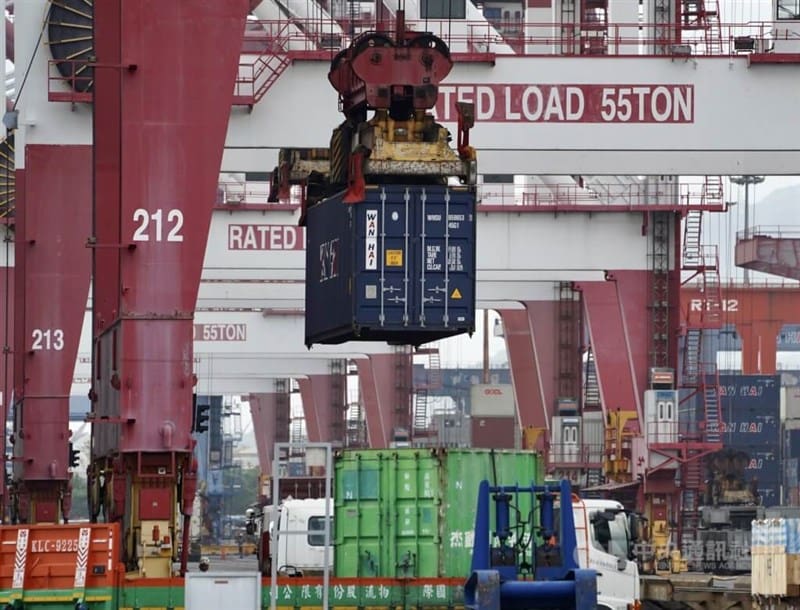

Frequently Asked Questions
What Specific Industries or Sectors Are Expected to Benefit the Most From the Us-Japan Trade Agreement?
The US-Japan trade agreement is expected to benefit industries such as agriculture, beef, pork, dairy, and digital trade. Reductions in tariffs and increased market access are likely to drive growth and profitability within these sectors.
How Will the Eu-Singapore FTA Impact Small and Medium-Sized Enterprises in Both Regions?
The EU-Singapore Free Trade Agreement is expected to provide significant opportunities for small and medium-sized enterprises in both regions, facilitating market access, reducing trade barriers, and promoting economic growth. As the adage goes, "A rising tide lifts all boats."
What Are the Potential Environmental Implications of the China-Australia FTA, Particularly in Terms of Natural Resource Extraction and Conservation Efforts?
The China-Australia FTA may impact environmental conservation and natural resource extraction. It necessitates careful assessment of potential implications on biodiversity, land degradation, and carbon emissions. Data-driven analysis is crucial for evaluating and mitigating environmental risks.
How Will the Us-South Korea KORUS Agreement Address Concerns Over Intellectual Property Rights and Technology Transfer?
The US-South Korea KORUS agreement aims to address concerns over intellectual property rights and technology transfer by implementing provisions that protect and enforce these rights, fostering a more secure and fair environment for innovation and technological advancement in both countries.
What Are the Anticipated Effects of the Eu-Vietnam FTA on Labor Standards and Working Conditions in Vietnam’s Manufacturing Sector?
The anticipated effects of the EU-Vietnam FTA on labor standards and working conditions in Vietnam’s manufacturing sector are akin to planting seeds for sustainable growth, fostering compliance, and elevating the well-being of workers through enhanced regulations and enforcement mechanisms.
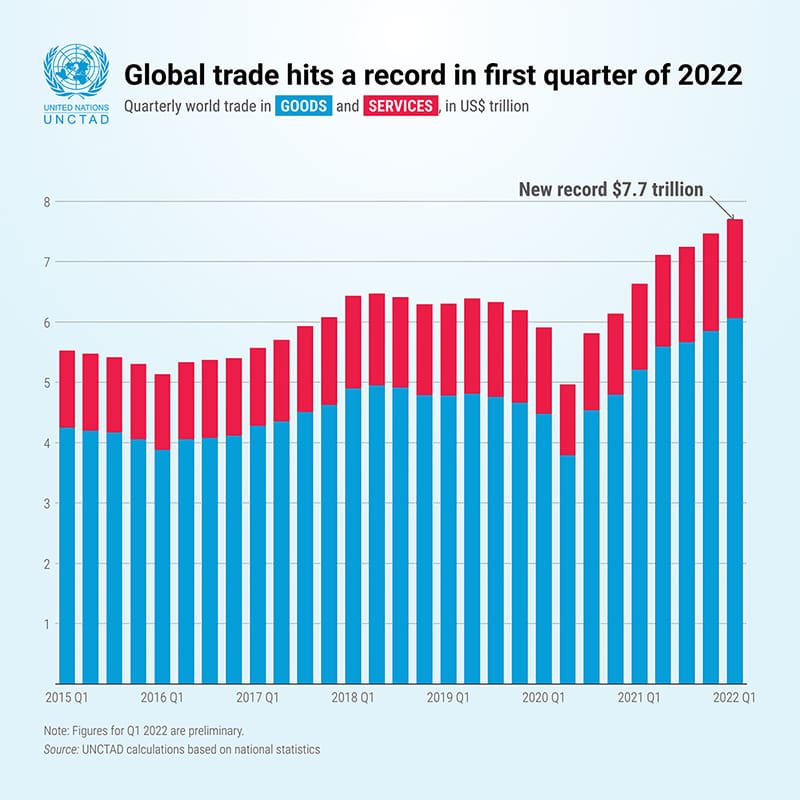



Hi, I’m Kyle Rivera, a news journalist and blog editor with the Daily Evening News. A TCU alum with a flair for storytelling, I spend my days uncovering impactful stories and my evenings exploring the realms of yoga, cycling, and whimsically bad poetry.
Travel is my escape; I’ve trekked from Tokyo’s neon lights to Iceland’s tranquil vistas. But no journey is complete without Mogli, my Golden Retriever, who’s redefining his breed standards in the most charming ways.
I love connecting with fellow travelers, yogis, cyclists, and anyone who enjoys a laugh at my poetic attempts. If you’re into stories that inspire, travel escapades, or just want to see what Mogli and I are up to, I’d love to hear from you on Instagram or Facebook. Let’s share tales and tips from around the globe!

